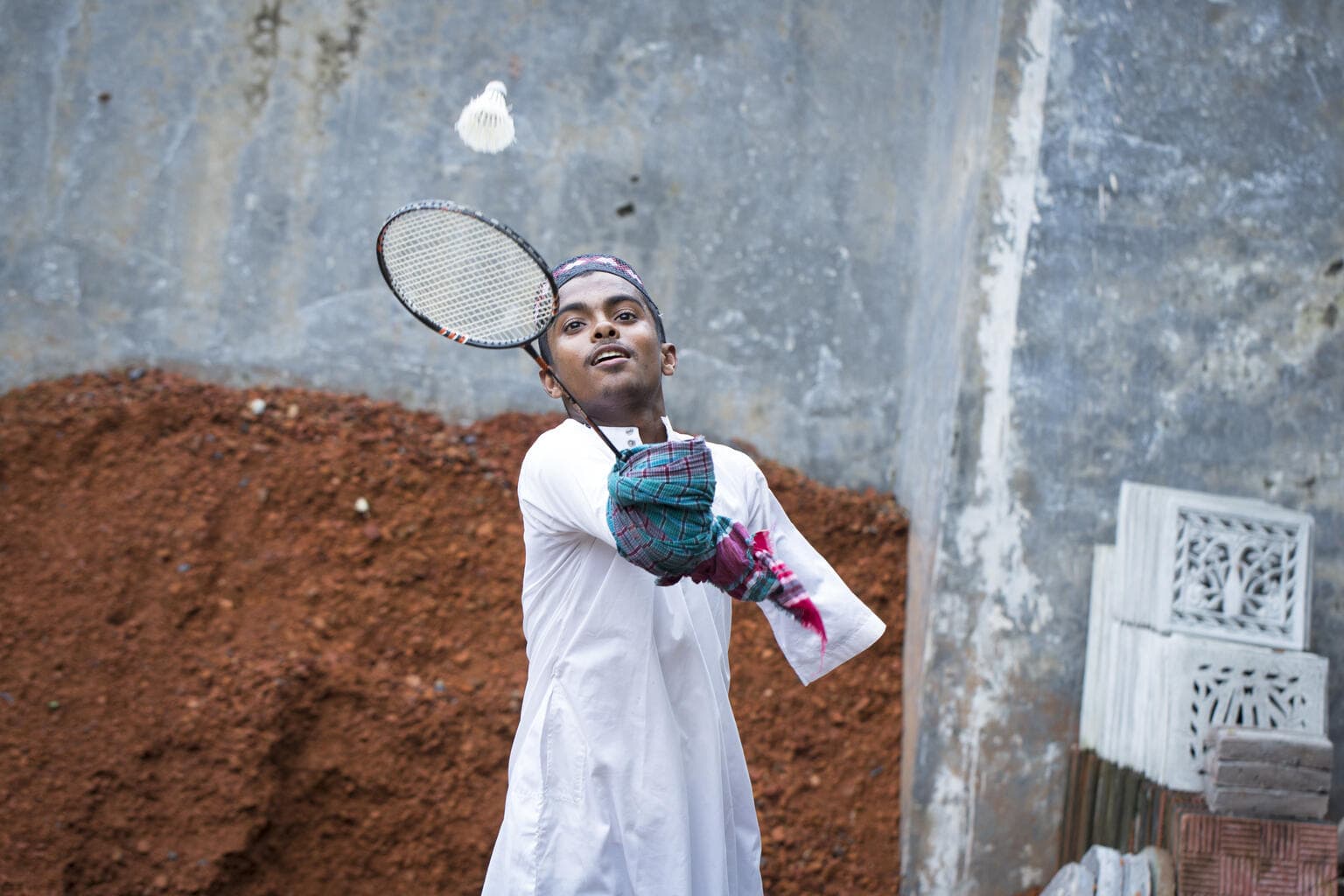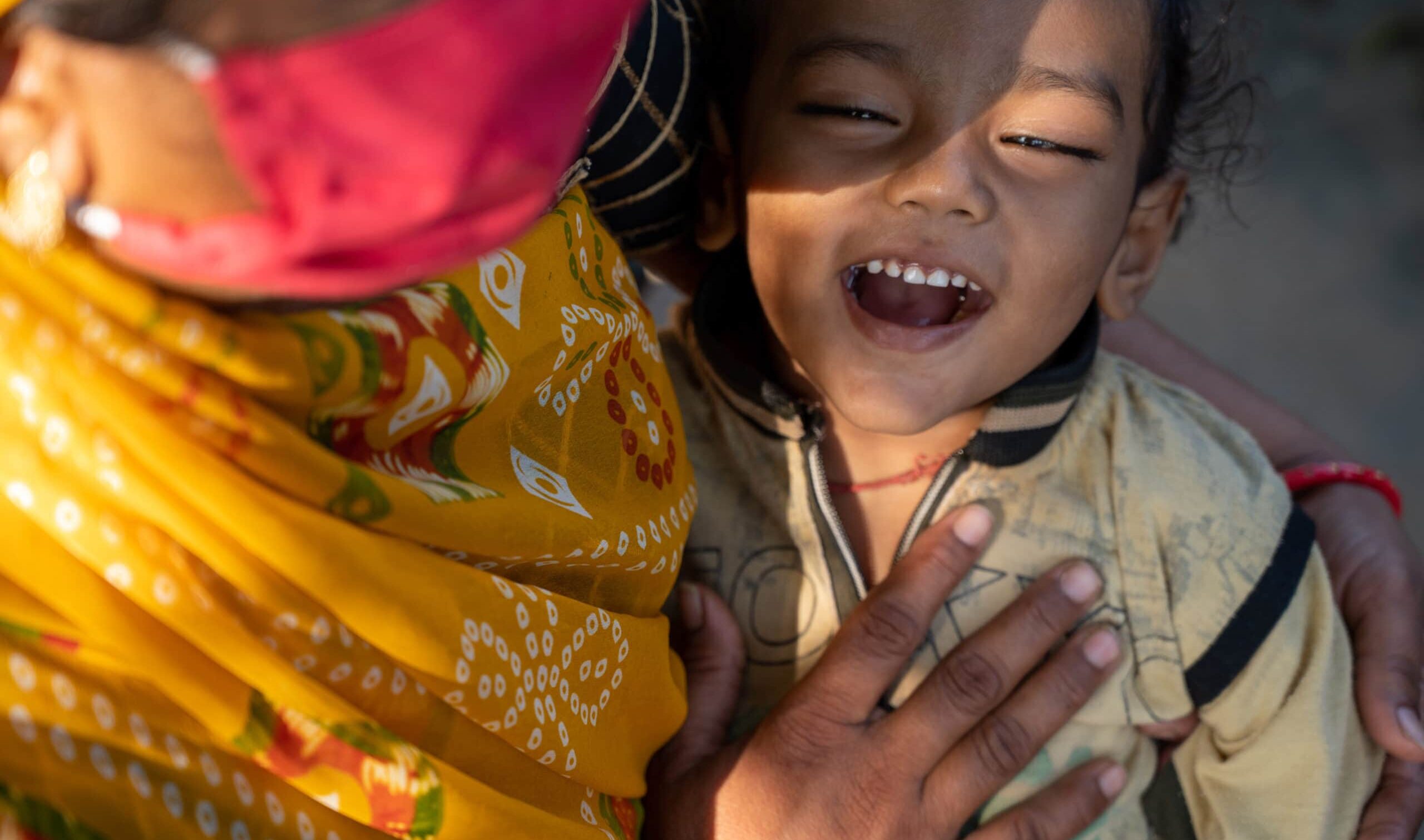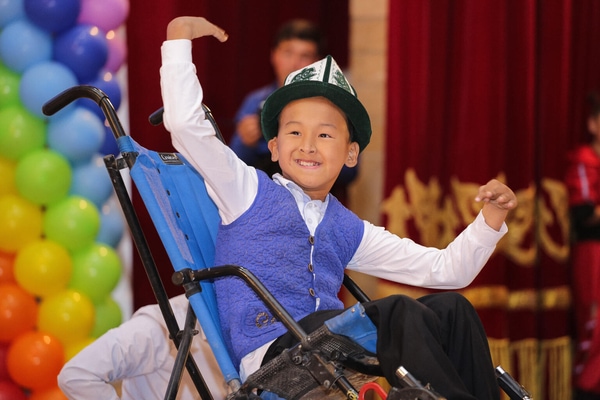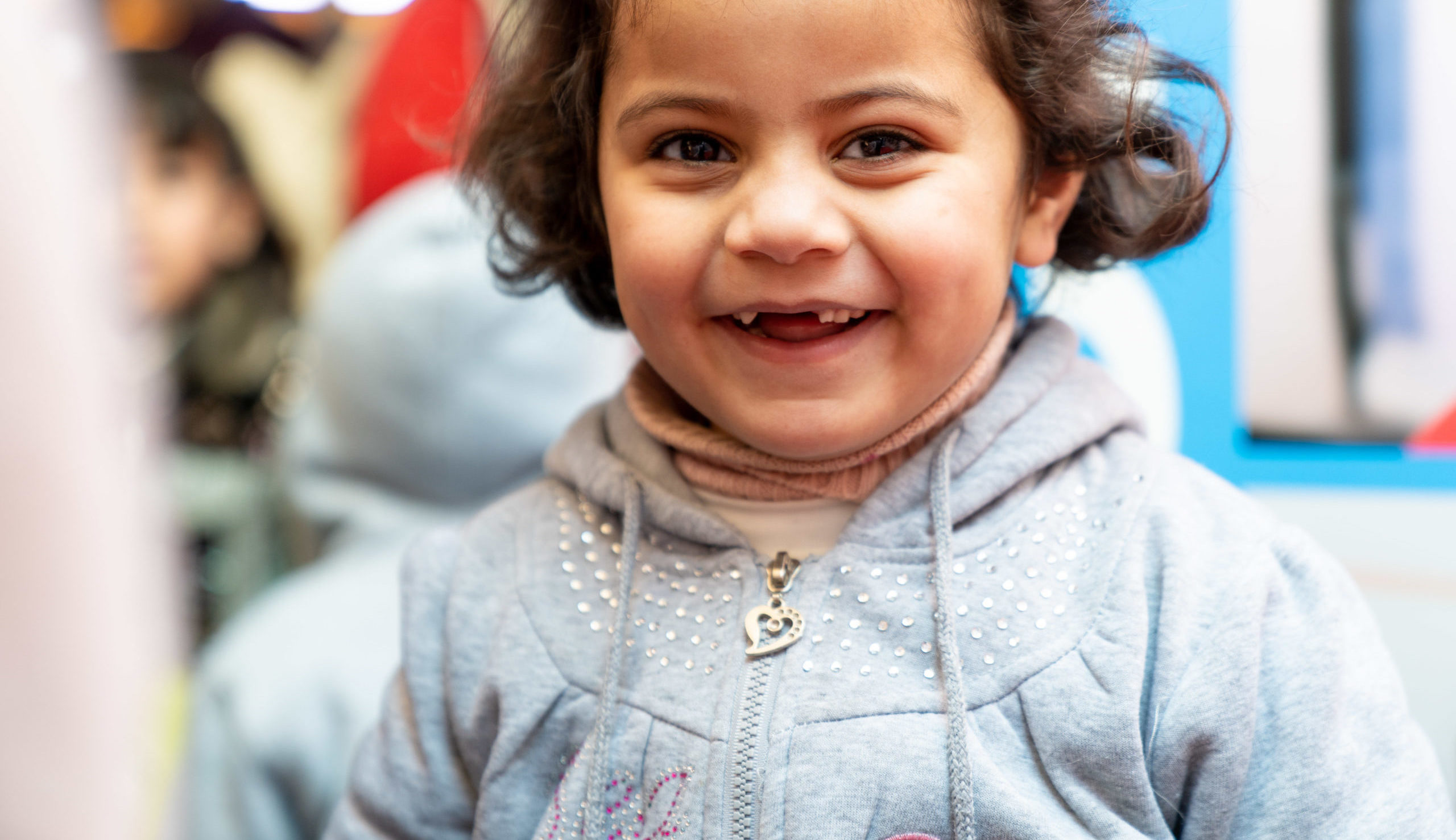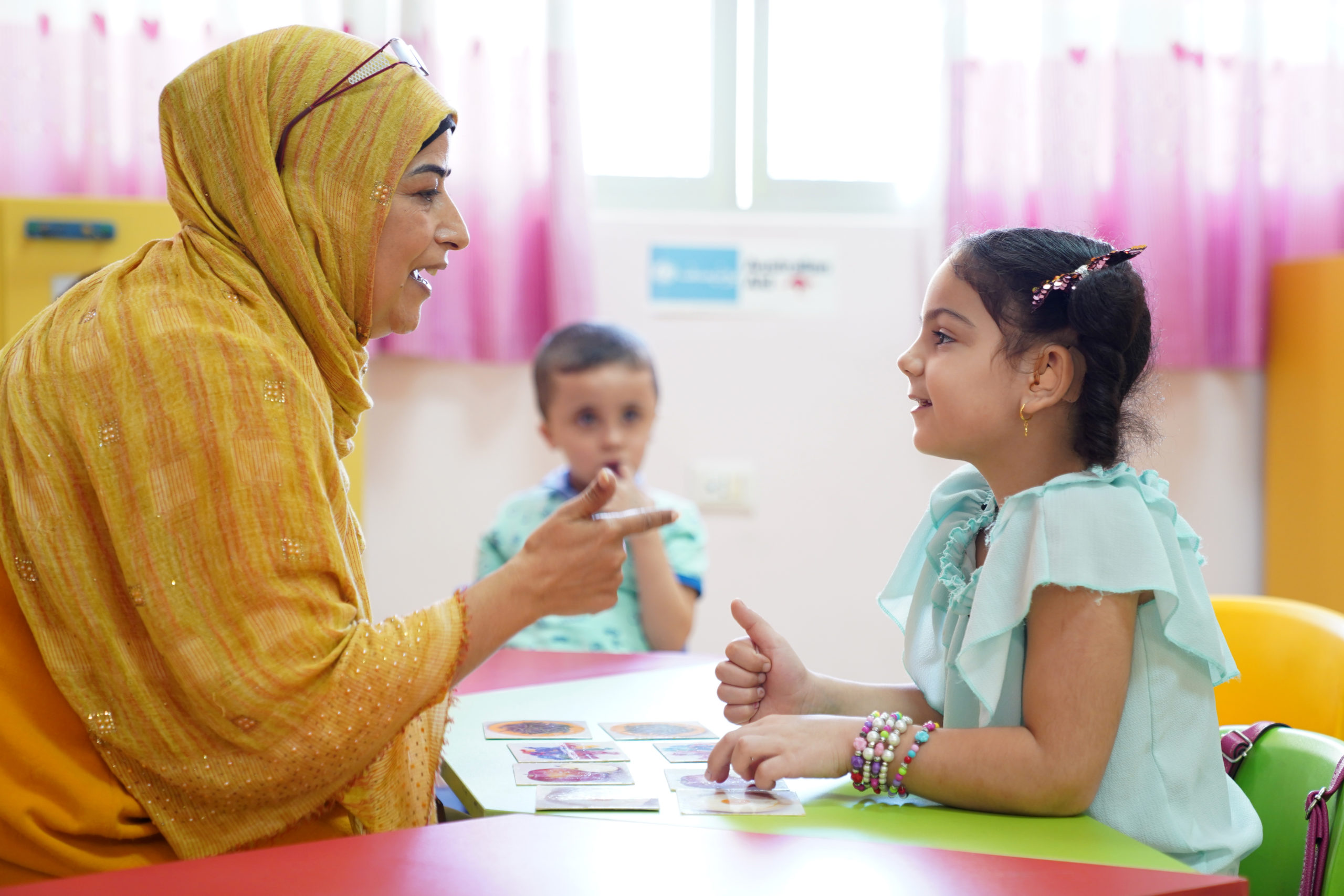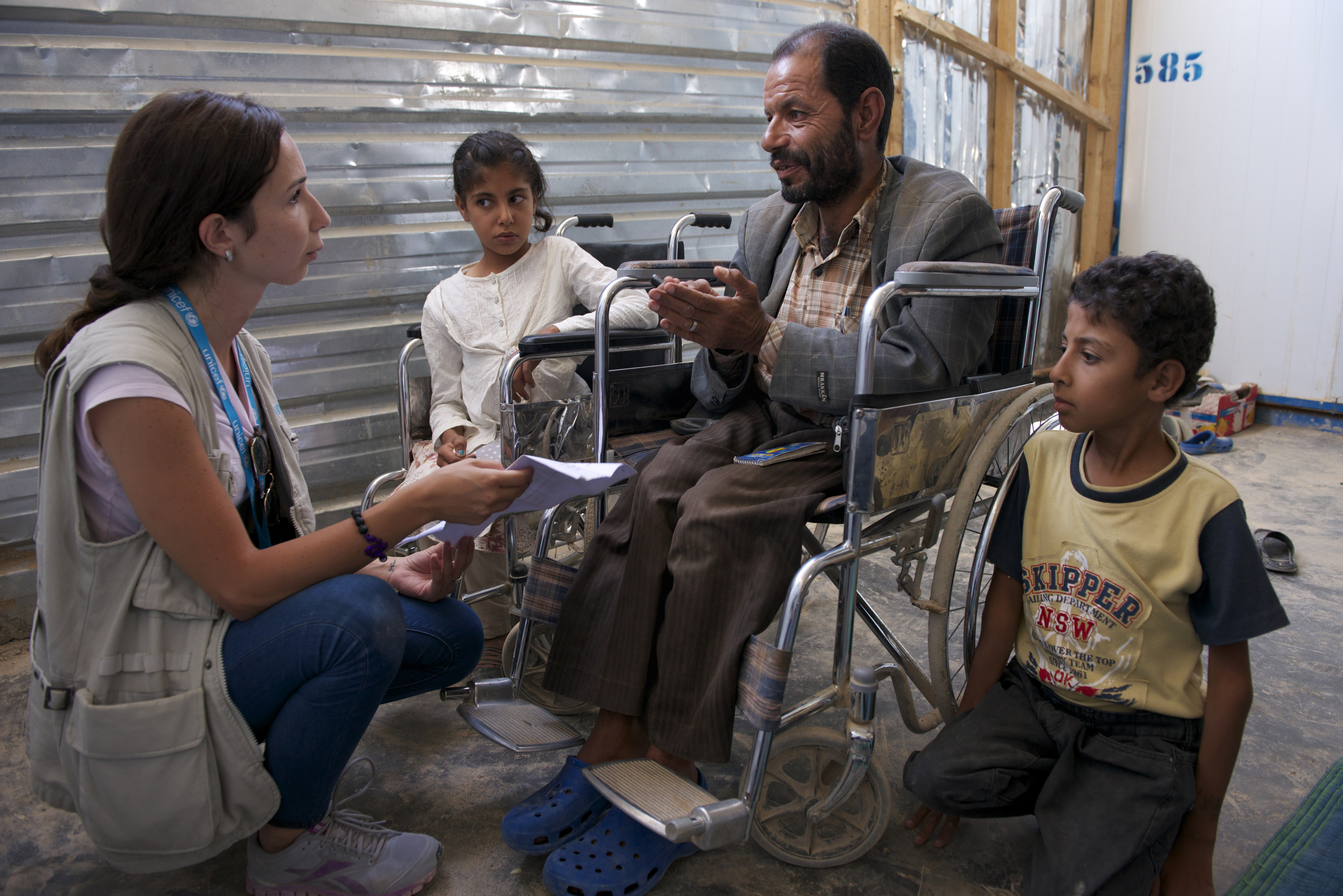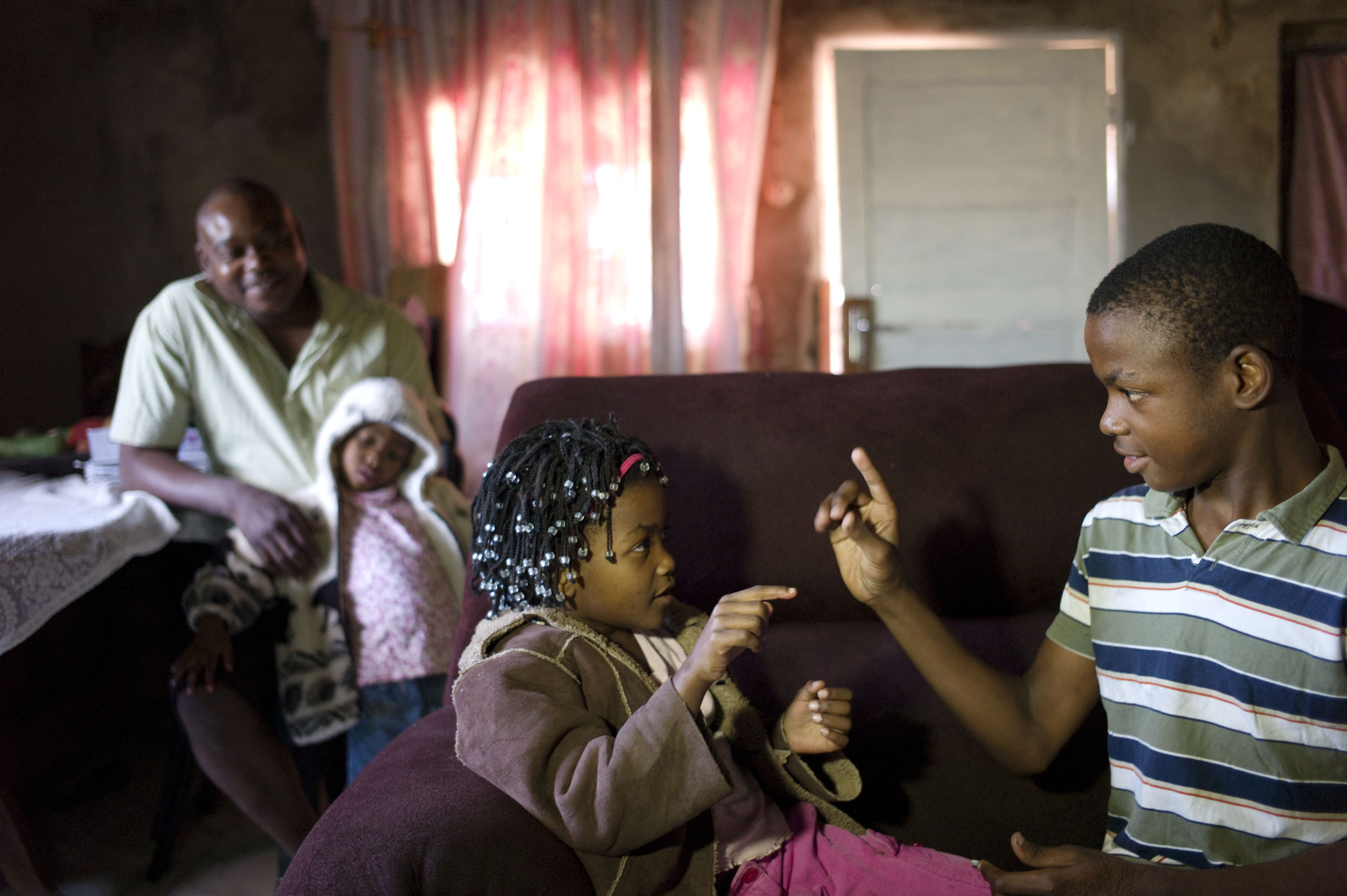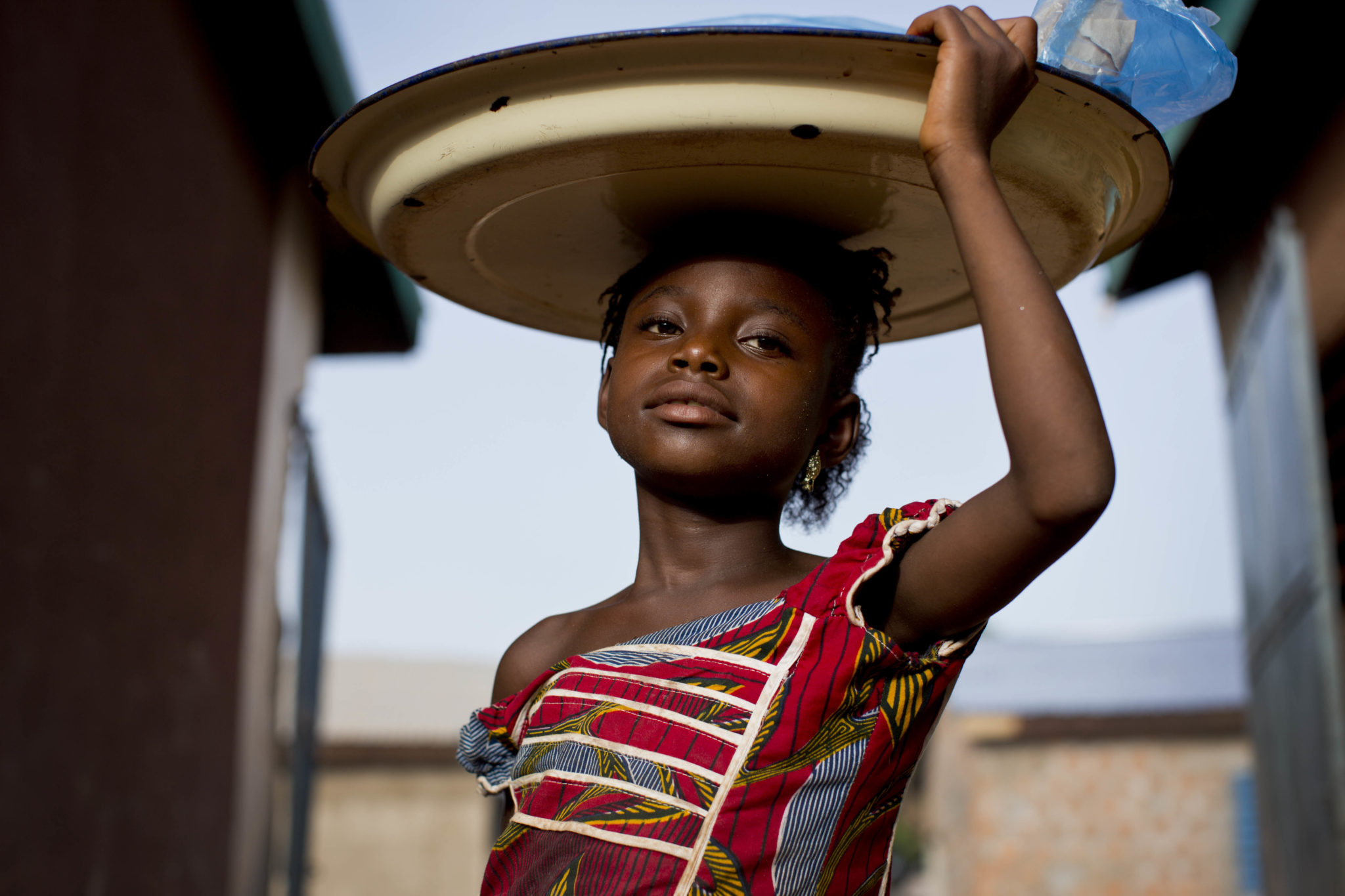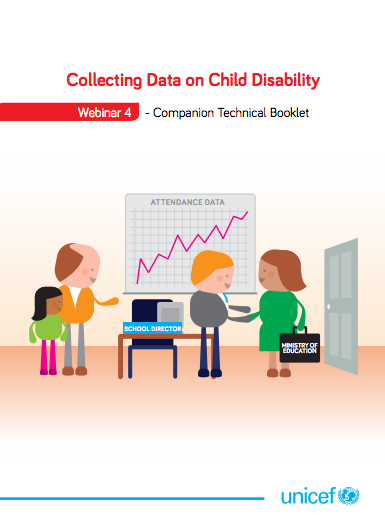Children with disabilities overview
The Convention on the Rights of the Child (CRC) recognizes the human rights of all children, including those with disabilities. Along with the CRC, the Convention on the Rights of Persons with Disabilities (CRPD) provides a powerful new impetus to promote the human rights of all children with disabilities.
According to the CRPD, children with disabilities “include those who have long-term physical, mental, intellectual or sensory impairments which in interaction with various barriers may hinder their full and effective participation in society on an equal basis”. Children with disabilities are a highly diverse population group. They include children who were born with a genetic condition that affects their physical, mental or social development; those who sustained a serious injury, nutritional deficiency or infection that resulted in long-term functional consequences; or those exposed to environmental toxins that resulted in developmental delays or learning disabilities. Children with disabilities also include those who developed anxiety or depression as a result of stressful life events.
Nearly 240 million children in the world today have some form of disability. This estimate is higher than previous figures and is based on a more meaningful and inclusive understanding of disability, which considers several domains of functioning, including those related to psychosocial well-being. Most children with disabilities have difficulties in just one functional domain. Psychosocial issues predominate at every age, in some cases in combination with other functional difficulties.
Note: For details on definitions, methods and data sources, please see Seen, Counted, Included: Using data to shed light on the well-being of children with disabilities report.
Resources
